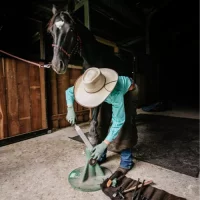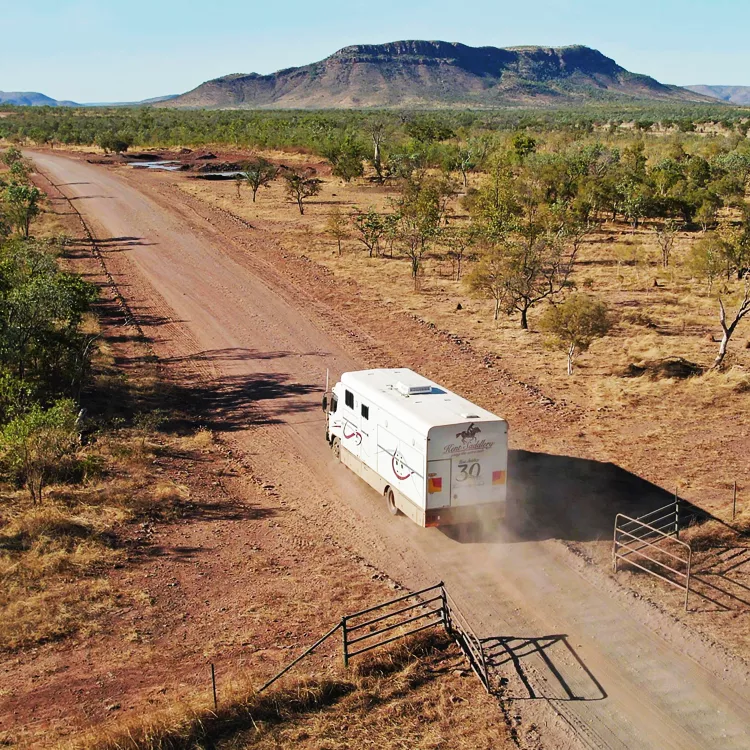Aussie Cattle Stations and “The Stock Camp”
It is always great to get on the road each year and catch up with folk on the cattle stations of northern Australia.
Cattle Stations
Cattle stations in Australia are interesting and unique places. The stations we visit on our saddlery business trips are, for the most part, company owned and represent small communities of around ten to thirty people. The majority of large cattle stations in Australia are owned by ten to twelve pastoral companies, with only a handful owned by descendants of the original settlers.
The manager and family live at the station for most of the year – usually taking a holiday period during the wet season when the mustering is over. During the dry season, life at the station cranks up, and the number of employees increases dramatically. Stockmen (known as ringers) and cooks join with mechanics, gardeners, bore runners and grader drivers and other employees for the busiest time of the year.
The Stock Camp
We particularly enjoy an overnight stay at a stock camp.
The term ‘stock camp’ refers both to the group of workers who work with the cattle, and to the actual location on the cattle station where the workers camp out while mustering cattle. So you could say “the stock camp is camped 20 kilometres from the homestead” (referring to the people), or “we’re going out to the stock camp” (referring to the location).
A typical stock camp consists of a head stockman (sometimes a woman), a camp cook, and about six ringers. Many stock camps include a couple of women, and the average age of most ringers is between 16 and 25 years. The cooking ability and attitude of the camp cook often determines, and always influences the morale in the camp. There are still some camp cooks who use open fires and camp ovens, but most stock camps have a caravan which is set up with a generator, gas stove, refrigerator and freezer.
Members of the Mt Sanford Stock Camp are pictured based at the “comfortable” Stock Camp beside the road into the main station complex. It features septic toilets, permanent shower facility, a brush roof dining area, and indoor camp fire – a popular gathering point, particularly on cold winter evenings and mornings.
“Camping out” is still practiced on numbers of cattle stations, although not as commonly as in “the olden days” (10, 20 years ago). Usually the workers camp near a set of yards, which makes cattle processing more efficient.
Most stock camps are currently equipped with a mobile camp kitchen, and “extras” range from those described above to basic camp showers, toilets and associated tarpaulins. Sleeping quarters may be “historical” sheds/buildings, personal utes, horse floats, miscellaneous bed bases, and/or dome tents. The majority of workers have their own swag, ranging in size from the cigarette-type rolls (for the really tough types) to embarrassingly huge swag rolls which look like they contain posturepedic mattresses and feather down quilts!
Whatever the situation, there’s almost unanimous support, from young people at least, for camping out in reference to living in at the station. During adverse weather conditions there may be a shift in opinion!
Charlie Eastley, Mt Sanford, NT
“Kented out”
Over the years we’ve noted an extra measure of enthusiasm and interest from station workers when we visit them at a stock camp, away from the station complex. Is it due to the lack of competition from TV, computers and mobile phones, and/or that the focus is on work and the need for work gear?
Probably both.
Charlie stocked up on a range of gear, and his response at the conclusion of the shopping expedition was…“I’m Kented out!”
For articles on working as a ringer and employment, go to our Employment menu.
Image captions:
1) Mt Sanford Stock Camp, NT, 2010















